

Exploring our past to sort out myth from reality
Share this Page on
Facebook or Twitter

These are the voyages of the TimeShip Anachron.
Our Mission: To boldly explore the past, dispelling
mythinformation and mythconceptions
of American History along the way.
 Visit us on Facebook
Visit us on Facebook
Meet MythAmerica SNAPSHOT
“Dr. James Crow, MD”:
Medical Care for African Americans under Jim Crow Laws
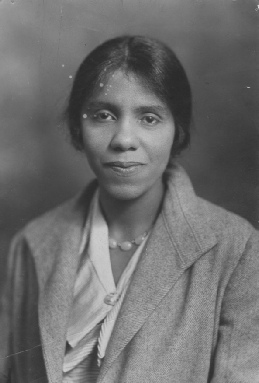
Juliette Derricotte
NOVEMBER 7th, 1931
Fisk University Dean and Student Die In Car Wreck
After Denied Hospital Care Due to Race
On November 7, 1931, Dean Juliette Derricotte of Fisk University in Nashville was driving three students to her parents’ home in Atlanta when a Model T driven by an older white man suddenly swerved and struck Ms. Derricotte’s car, overturning it into a ditch. The white driver stopped to yell at the black occupants of Ms. Derricotte’s car for damaging his own vehicle, then left the scene. Nearby Hamilton Memorial Hospital in Dalton, Georgia, did not admit African American patients, so Ms. Derricotte and the three students were treated by a white doctor at his office in Dalton and then taken to the home of an African American woman to recuperate – though Ms. Derricotte and one of the students, Nina Johnson, were critically injured.
Six hours after the accident, one of the less seriously injured students was able to reach a Chattanooga hospital by phone, and arrangements were made to transport Ms. Derricotte and Ms. Johnson the 35 miles to that facility. However, it was too late: Ms. Derricotte died on her way to the hospital, at age 34, and Ms. Johnson died the next day.
The Committee on Interracial Cooperation opened an investigation into the incident, and Walter White, secretary of the New York-
[Source]
It feels strange to me to realize those events didn’t happen in some faraway “uncivilized,” barbarous place and time. They happened right here in the USA, where the Declaration of Independence had long before declared that it was “self-
Most folks in the 21st century seem aware that there was a time when schools and drinking fountains and public buses were “segregated” throughout the South (and in some other parts of the nation.) But I’m suspicious that most have never thought through just HOW FAR segregation...and Jim Crow laws...went. Far more than just those three areas were segregated. Completely separate (and notoriously UN-
Movie theaters.
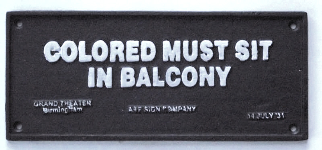
Swimming pools.
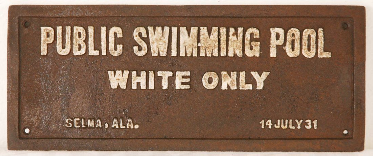
Libraries.
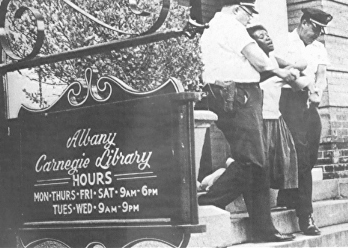
Cemeteries.
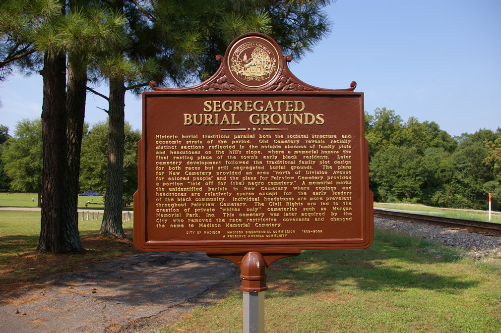
Taxicabs.
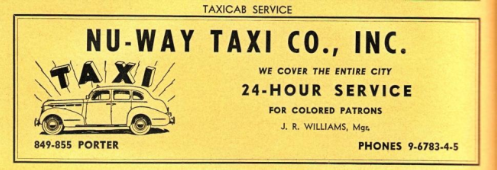
And hospitals, clinics, and even ambulances.
If you are in a traffic accident, and are in critical condition, I would assume you would expect the ambulance to take you to the nearest hospital, and that the doctors would do everything possible to save your life.
African Americans throughout much of US history did not have the luxury of having such expectations.
How long did this last, and how wide was the problem? Well, it certainly was still around over 30 years after Juliette Derricotte’s death. In the aftermath of the 1963 bombing of a black church in Birmingham (during a Sunday Youth Service celebration...), after the Civil Rights “March on Washington,” you can see from the clipping below that appeared in a “colored” newspaper that healthcare was still segregated. Four girls, 3 of them 14 years old, one of them 11 years old, died. Over a dozen other people in the church were injured, including the sister of one of the dead girls, who was permanently blinded.
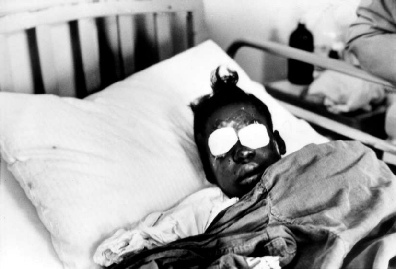
The young girls who died were no doubt born in a segregated hospital. And they were carried to a segregated morgue, in a segregated ambulance. And later they would have been buried in a segregated cemetery.
Yes, you might say “Jim Crow” had a name-
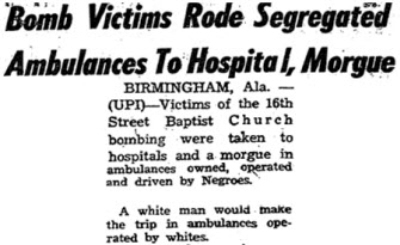
And the situation in Birmingham was not in the slightest unusual in the South at that time
...in 1959, pioneering African-
It wasn’t much better for African-
The problem continued right up to the point of the Civil Rights Act of 1964, that forbade segregation in public facilities that received any federal funds at all...which included most hospitals. Unfortunately, just as with the integration of the public schools after the 1954 Supreme Court decision in Brown v Board of Education, many segregated facilities drug their heels, hoping evidently to postpone integration indefinitely. The federal government soon attempted to crack down on non-
Federal reviewers fanned out across the country, seeking to document compliance. They encountered a mixed bag, ranging from hospitals that had long since desegregated (or had always been integrated) to those that were trying to comply (hospital administrators would tell the feds that they wanted to end racist policies, but that their boards would not let them) to those that had no interest in complying and were determined to hold out.
On Sept. 1, 1965, HEW [Health, Education, and Welfare] Assistant Secretary Quigley spoke at the AHA [American Hospital Association] annual meeting in San Francisco and related some tales of recalcitrance. Some hospitals said there were no African-
One hospital, in Quigley’s words,”removed ‘Colored’ and ‘White’ signs from their rest rooms and installed locks on the doors — then issued keys only to the white staff.”
But in what Quigley described as “the ultimate step in our education to date,” a hospital placed African-
It took the implementation of Medicare in 1966 and threats by the government to withhold any payments to noncompliant hospitals before most of the hold-
This isn’t ancient history! I got married in 1965. To realize just how recently so many in this country, even in the medical profession that supposedly is altruistic and dedicated to healing, were reluctant to do the right thing in humanitarian matters grieves me. And it’s even harder to realize that nothing may have ever changed their hearts even up to now...they were just persuaded to do what they “had” to for financial reasons.
I wonder... What variation on the “Good Samaritan”parable do you suppose Jesus tell if He were to address this situation?